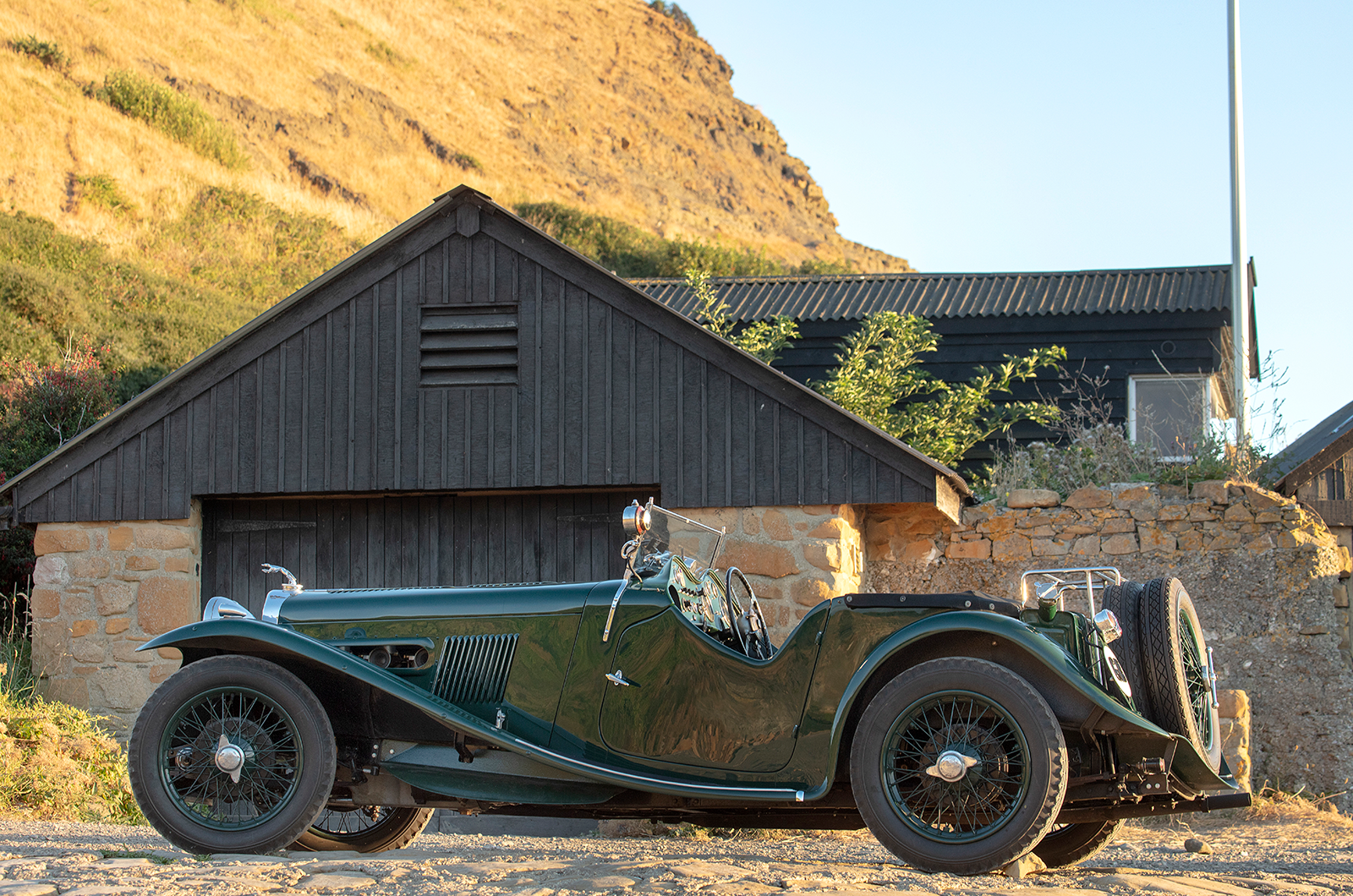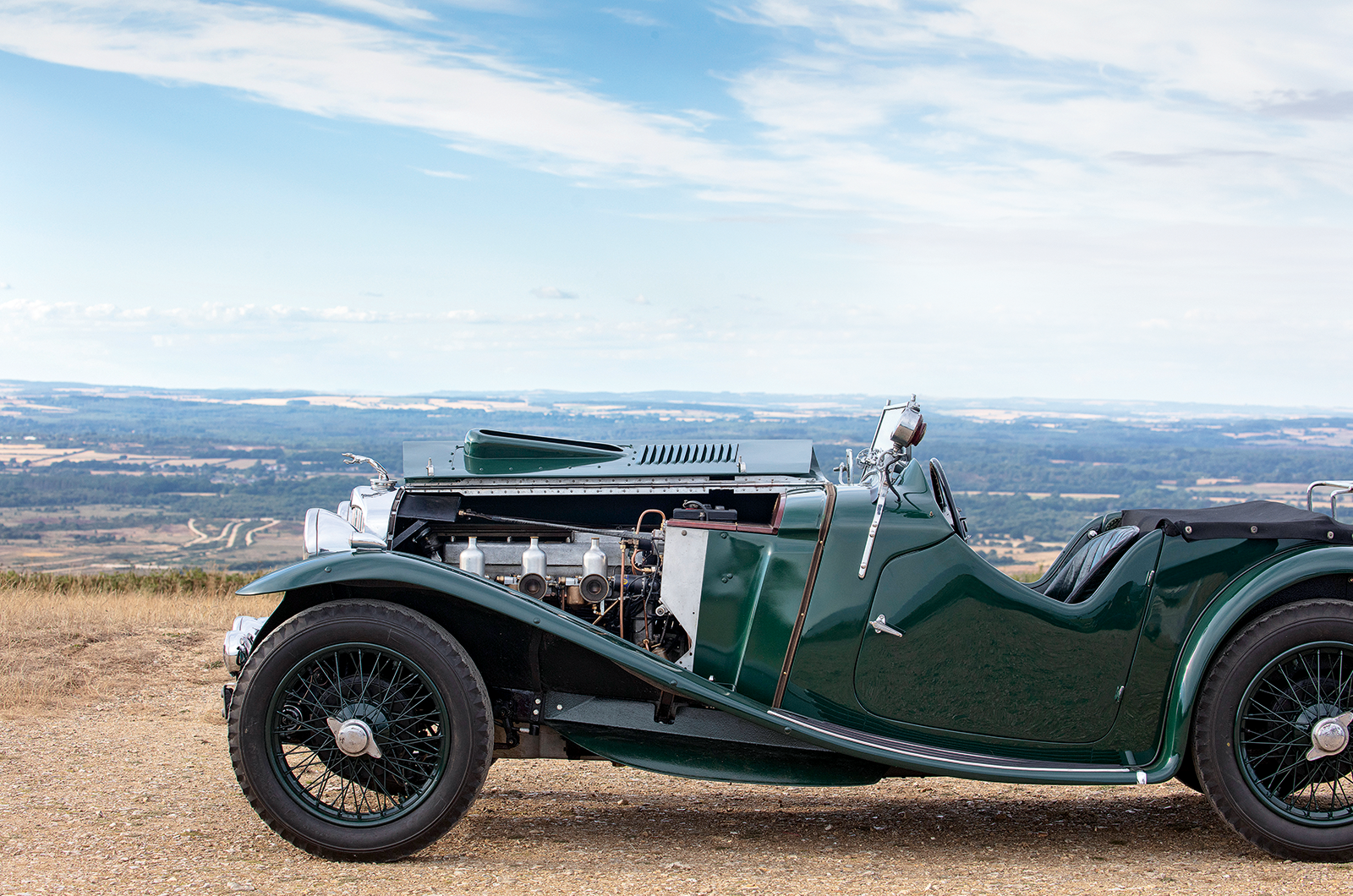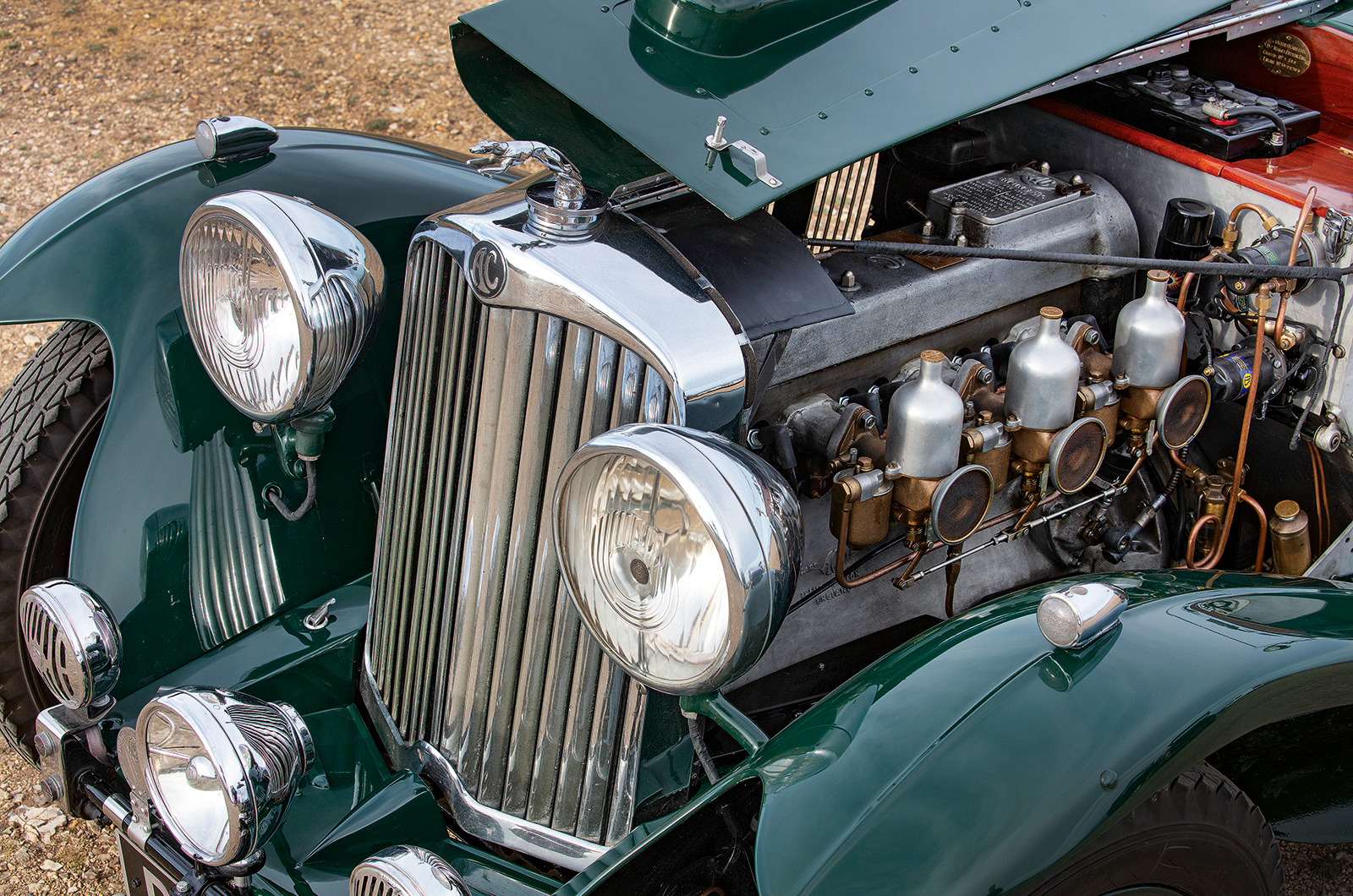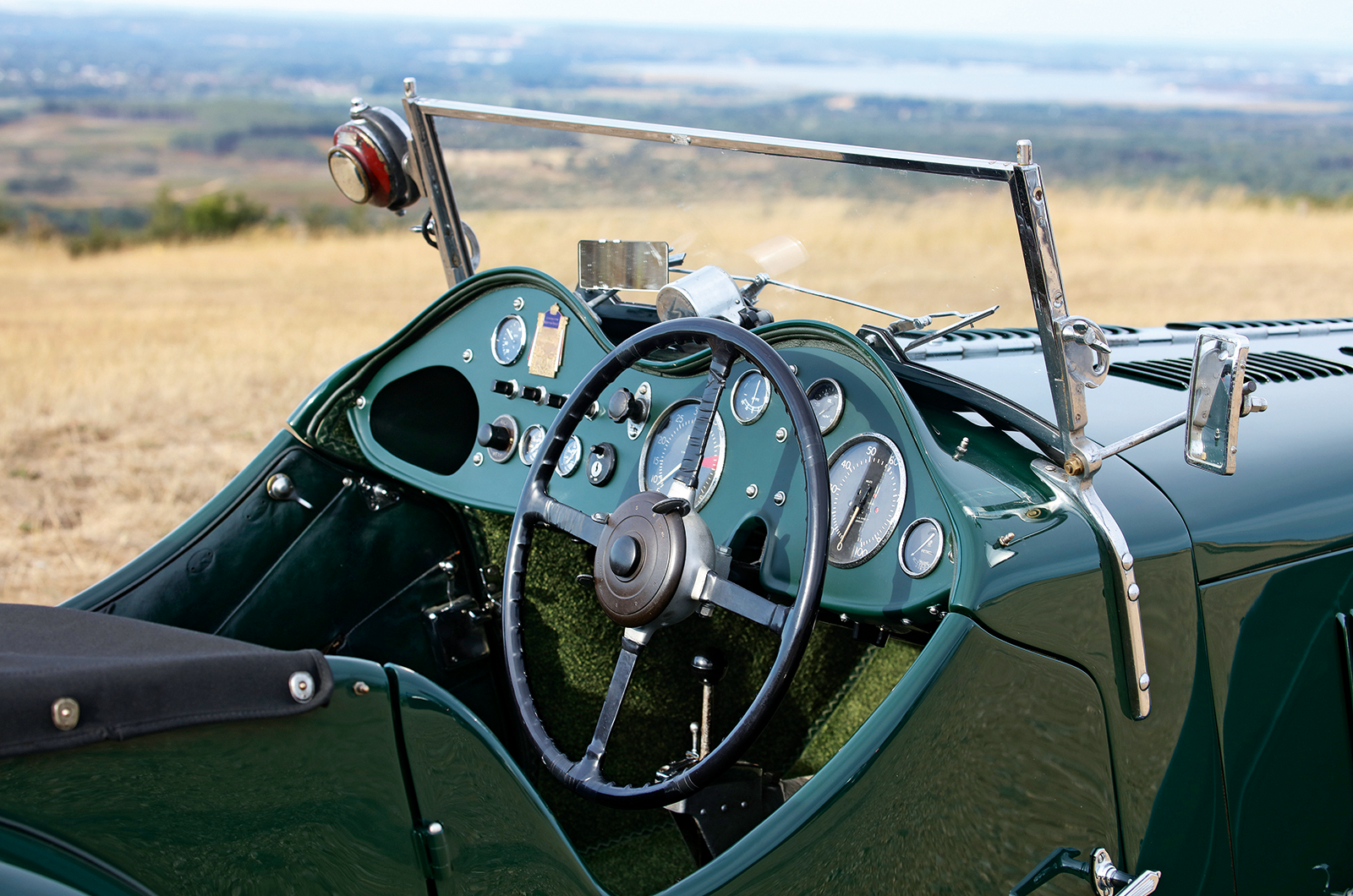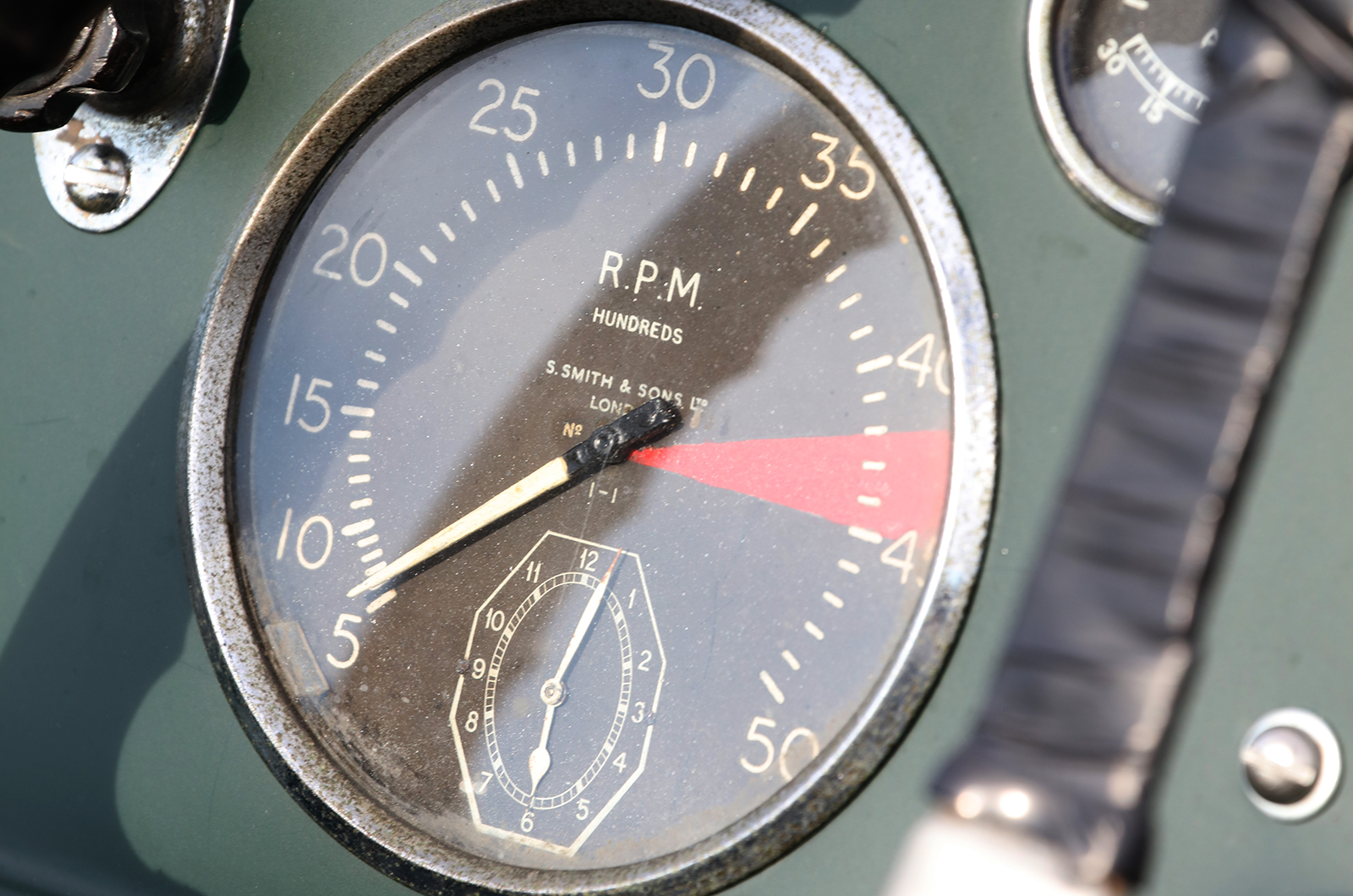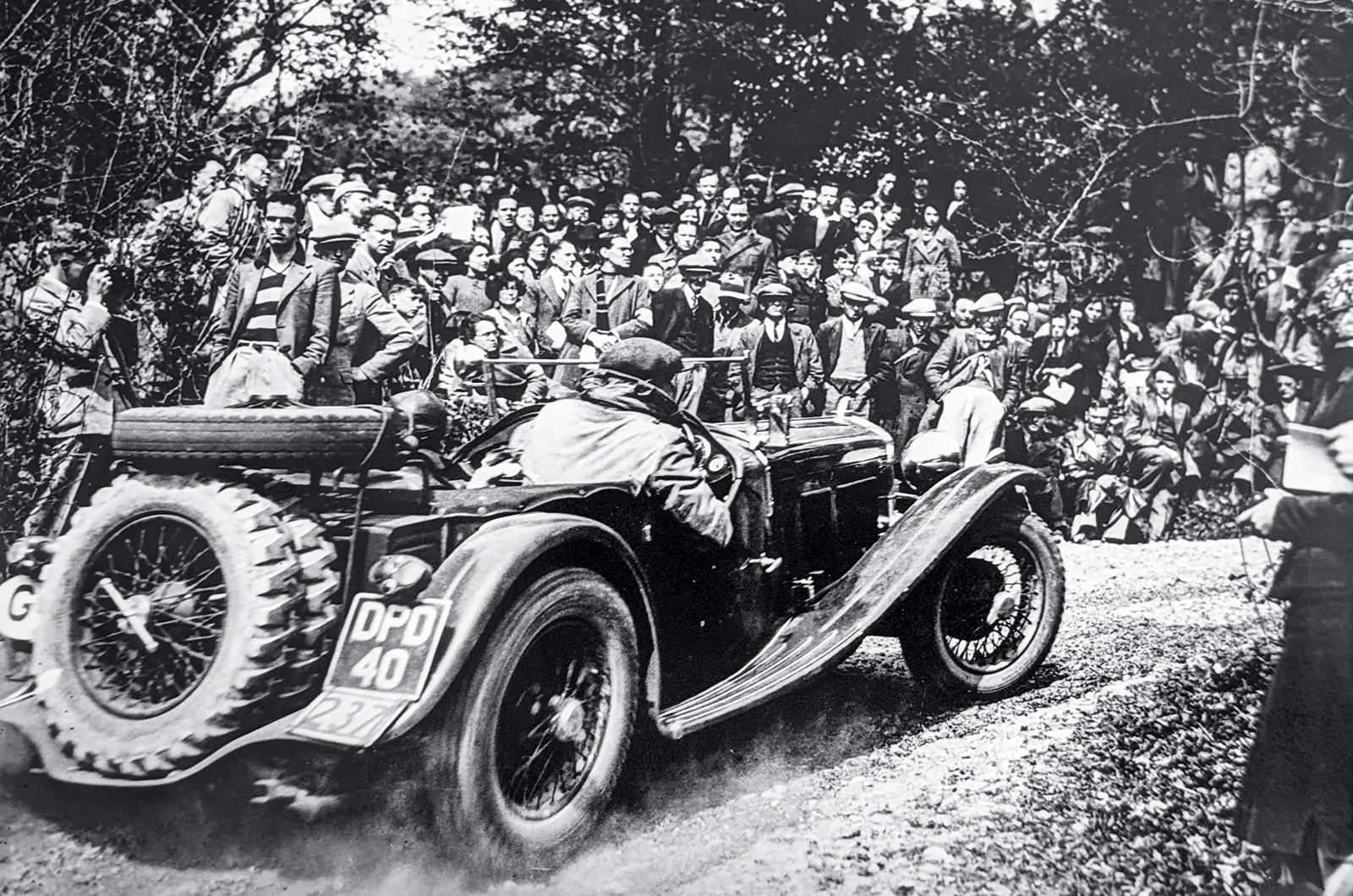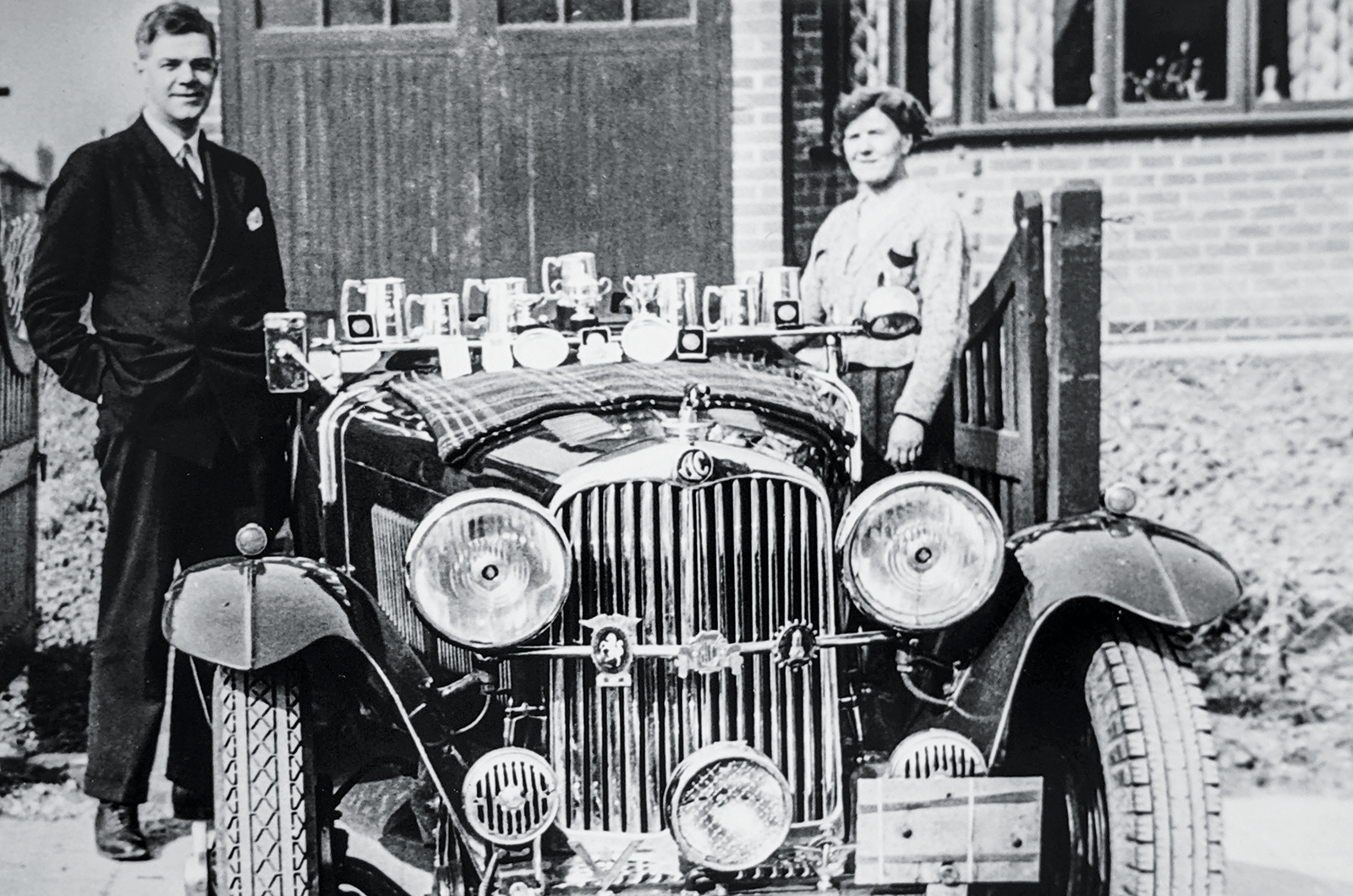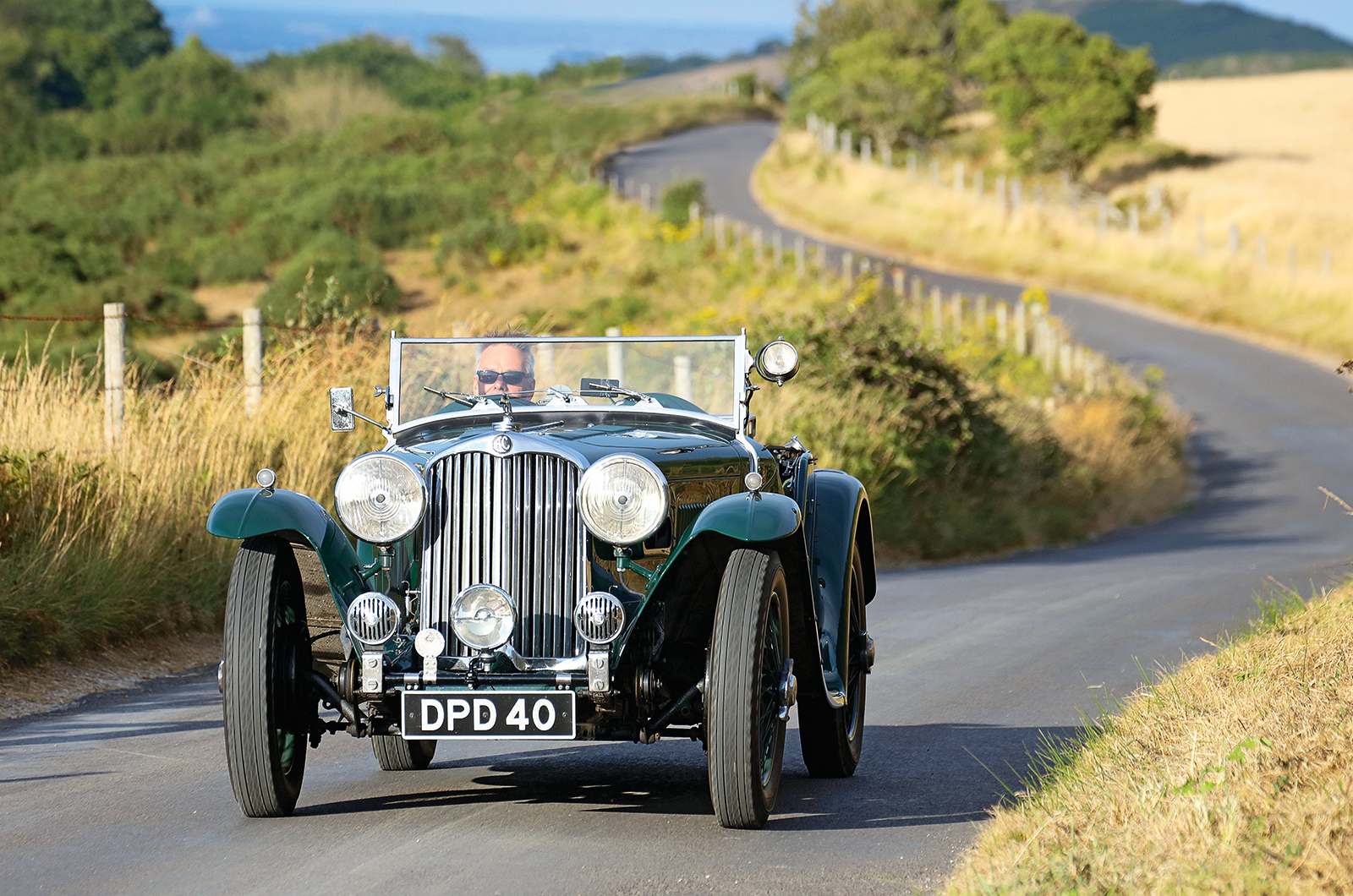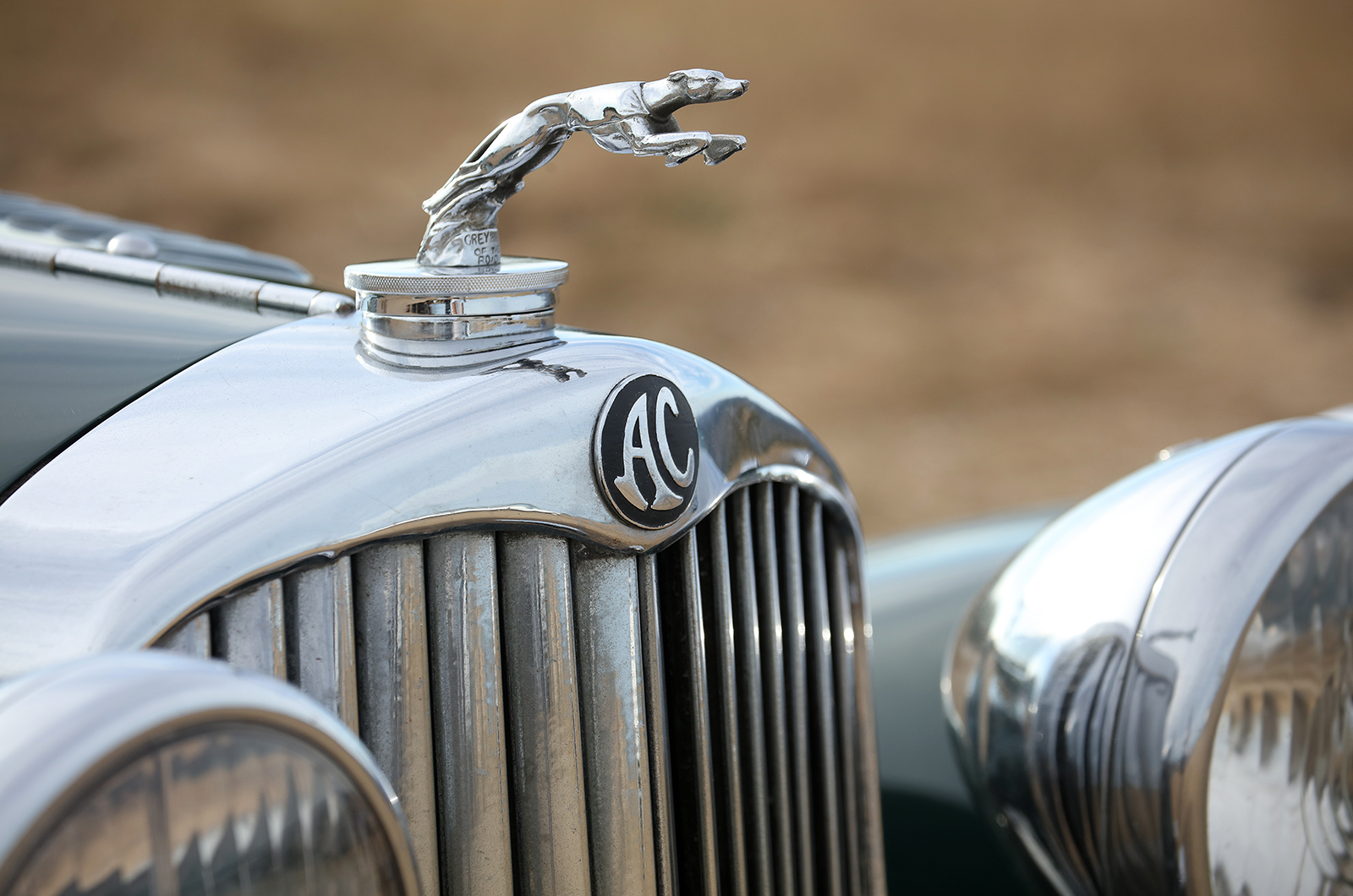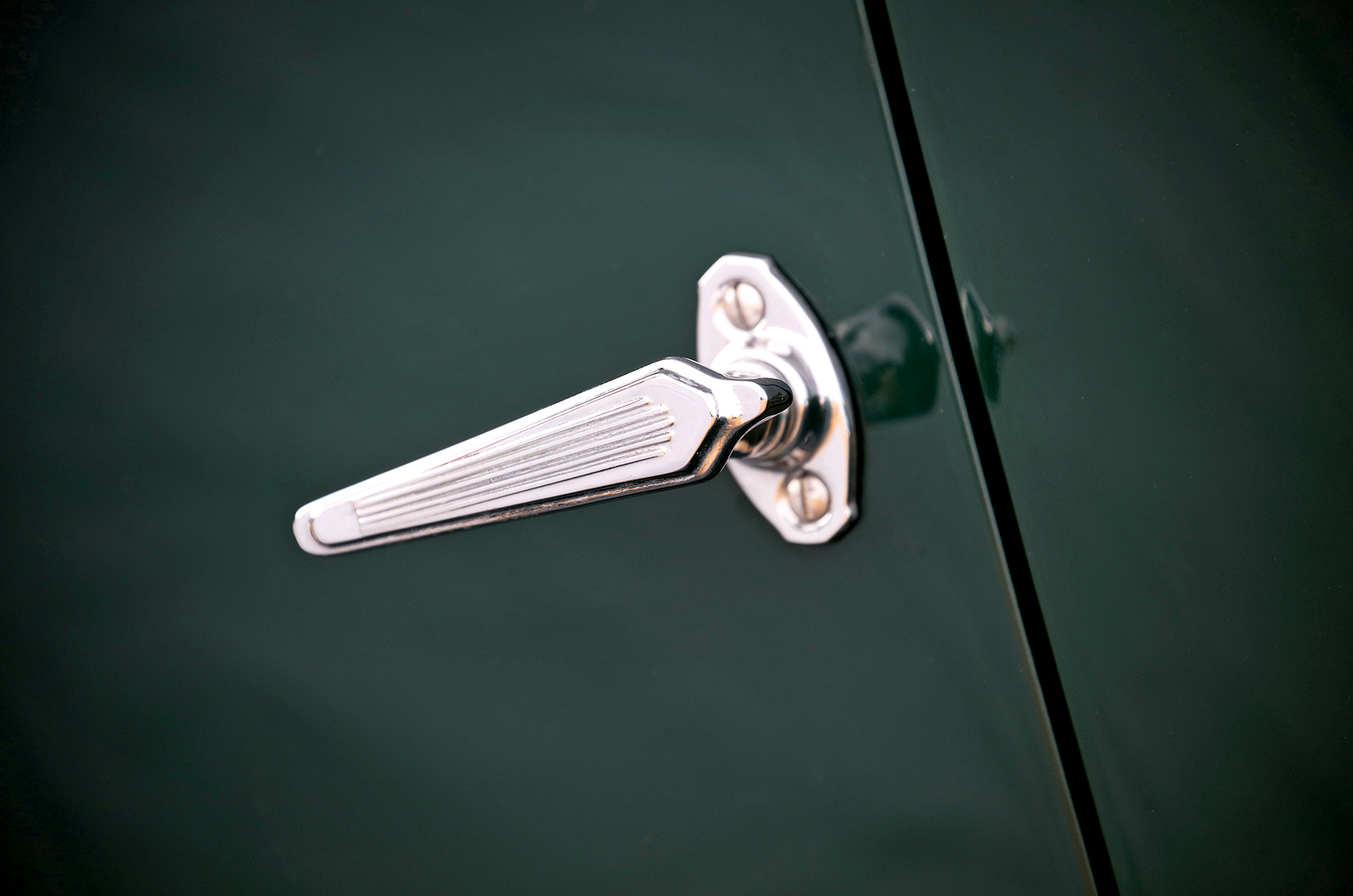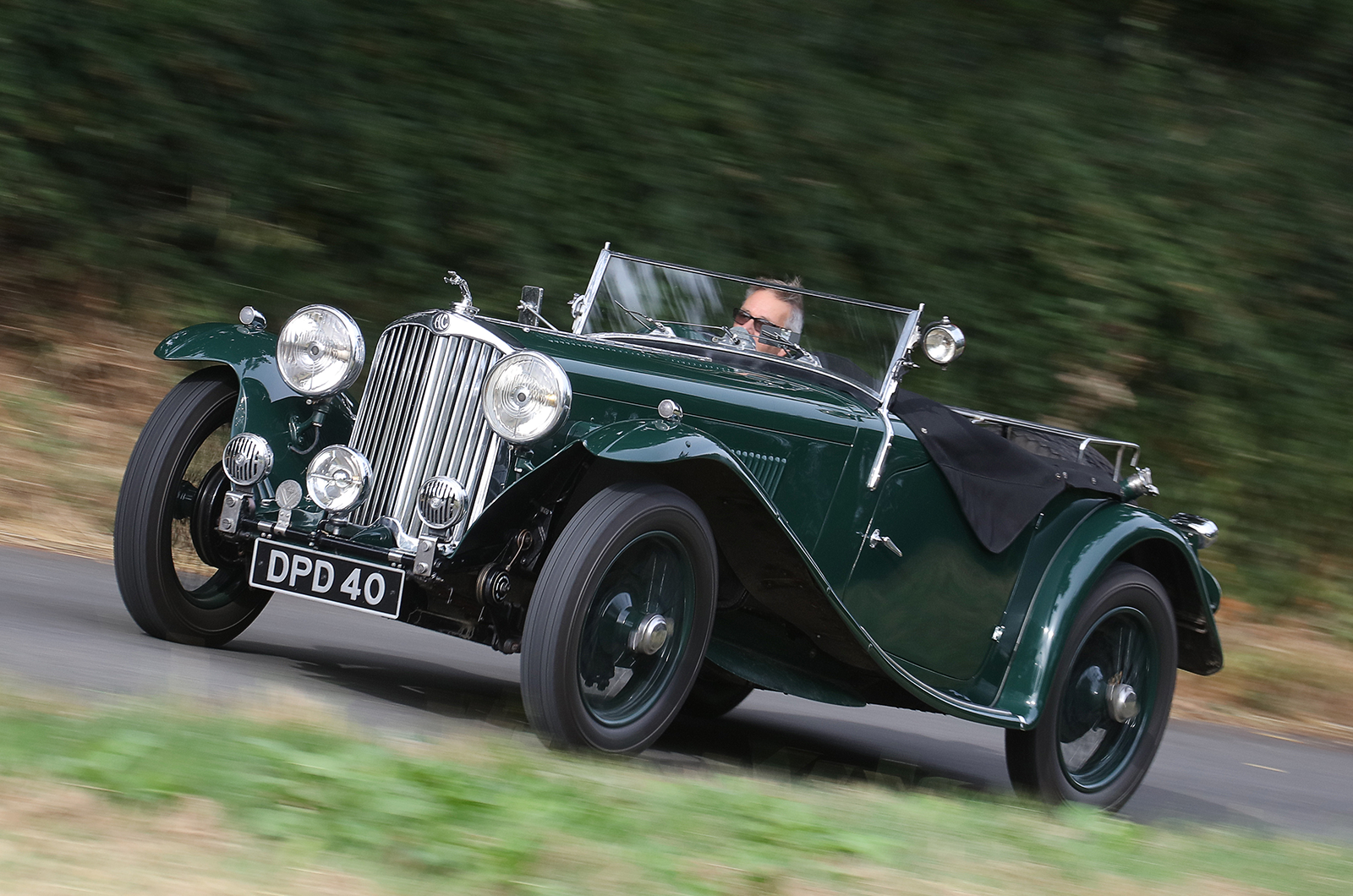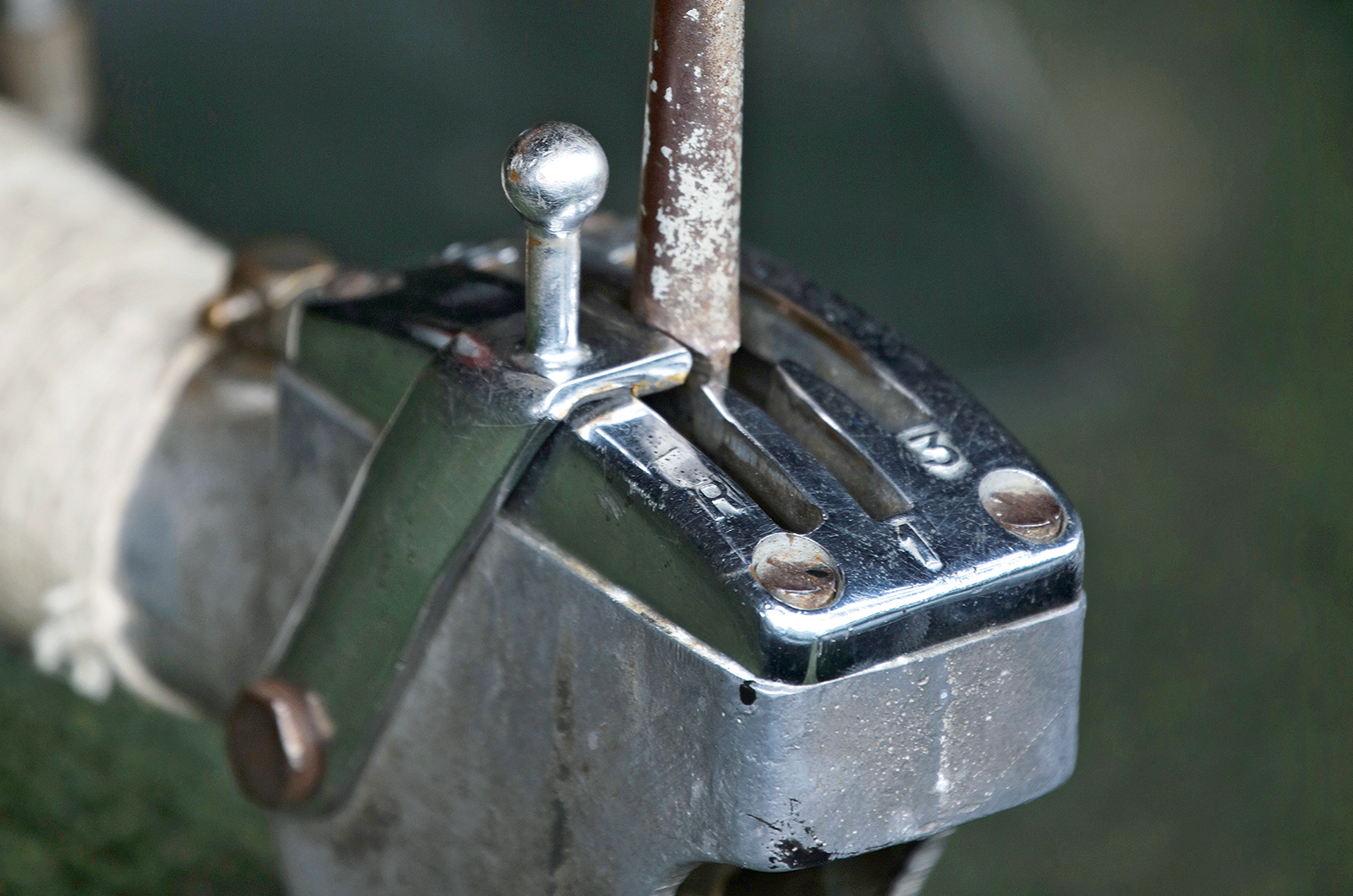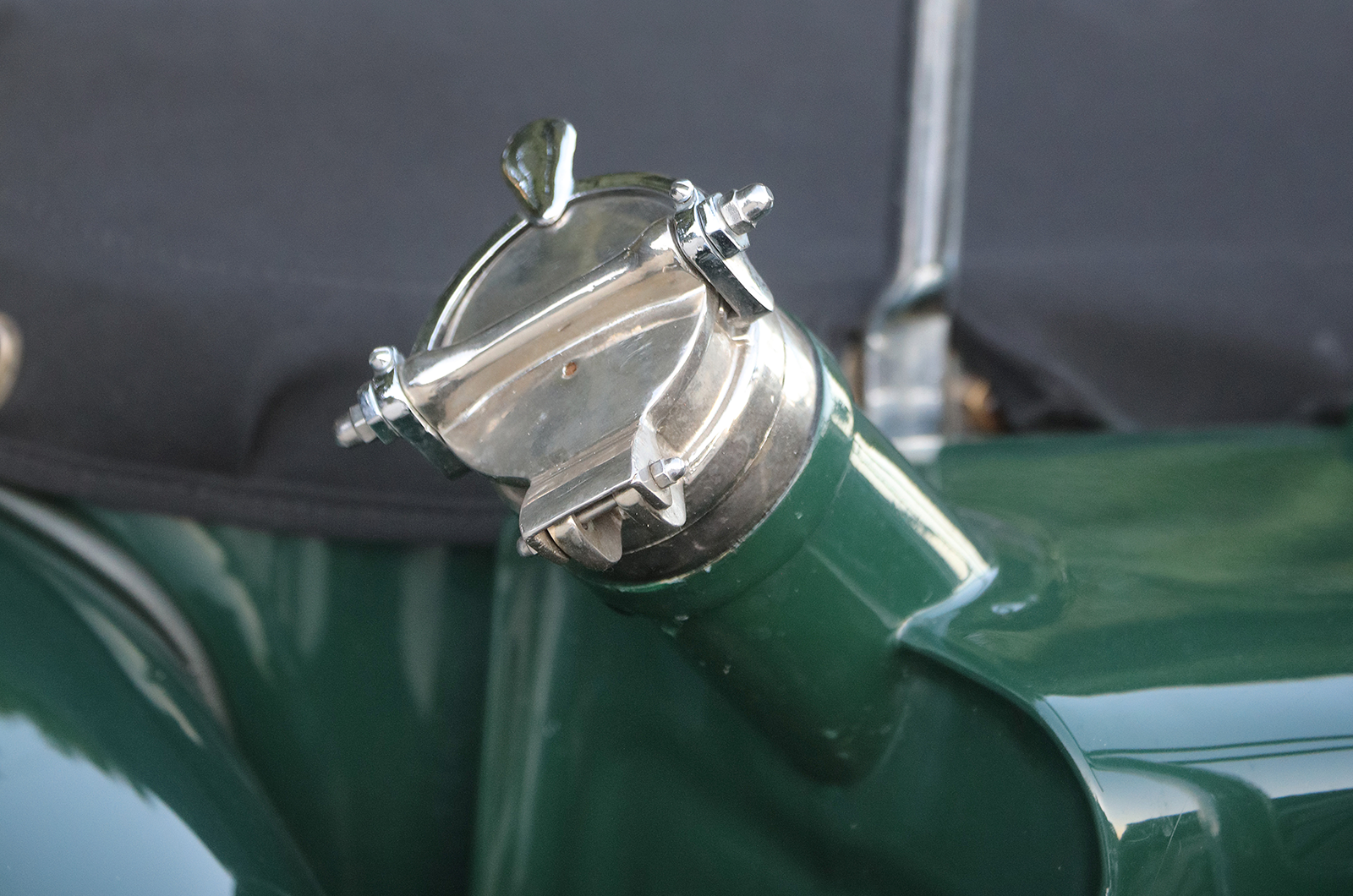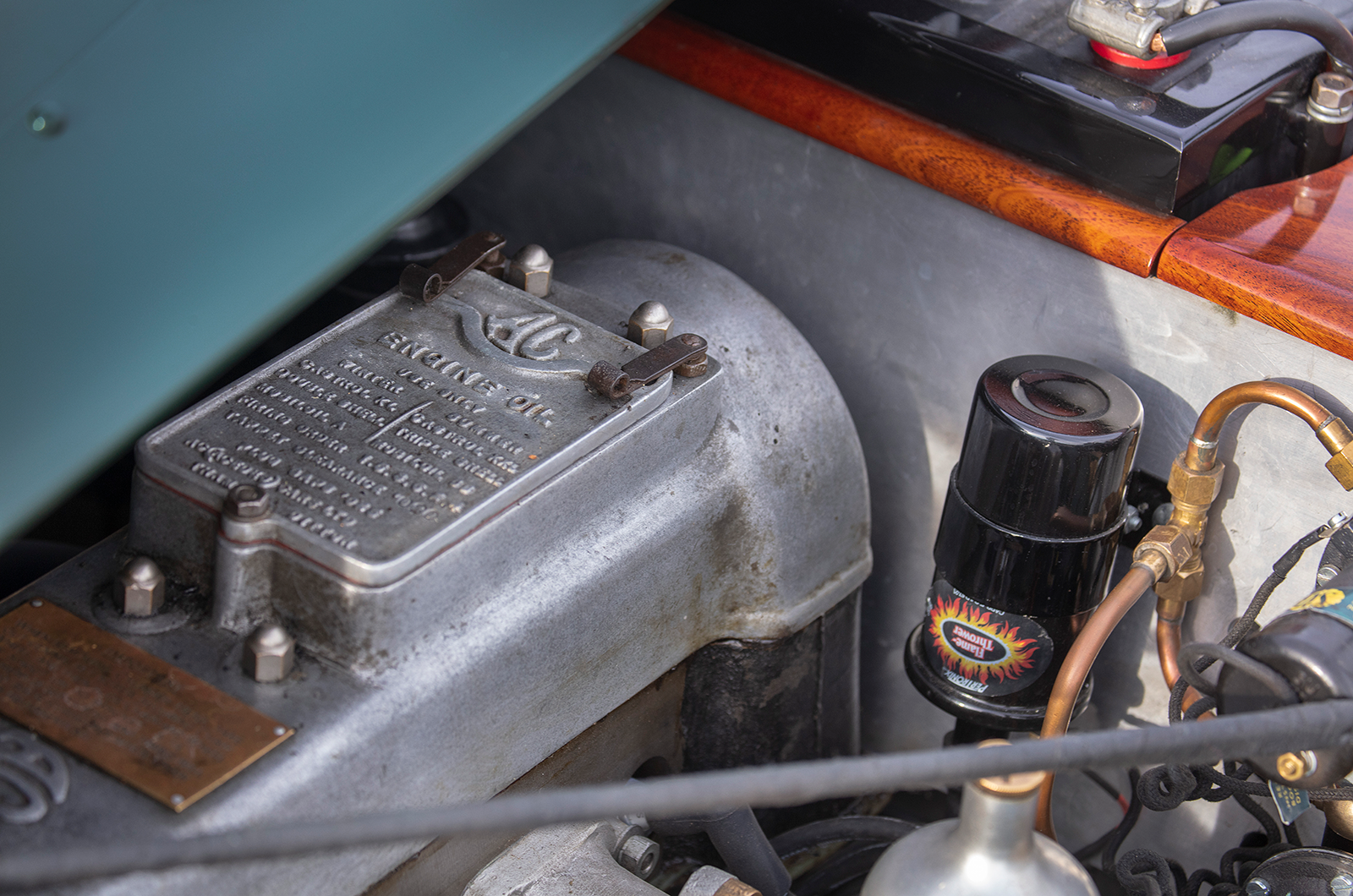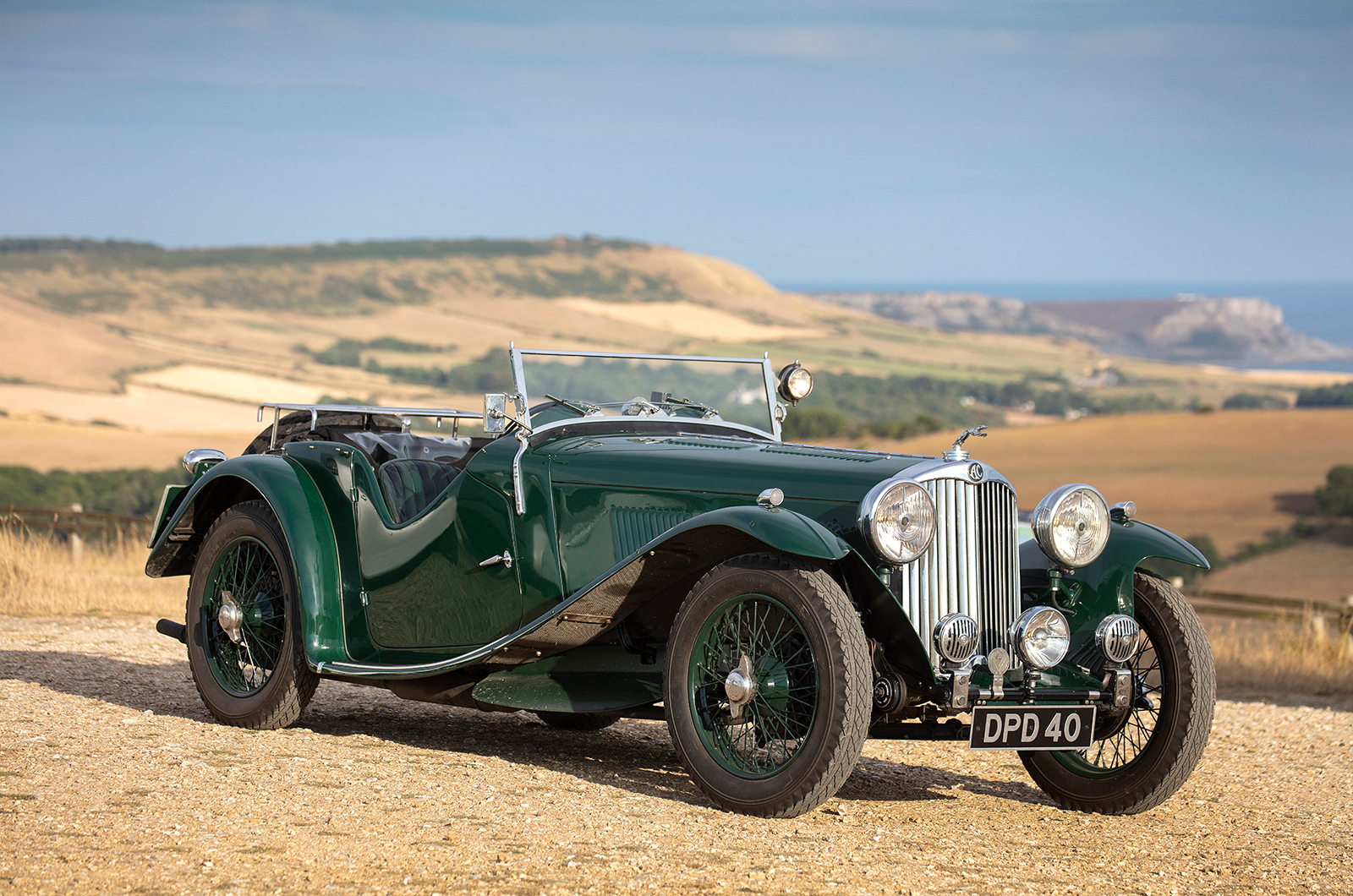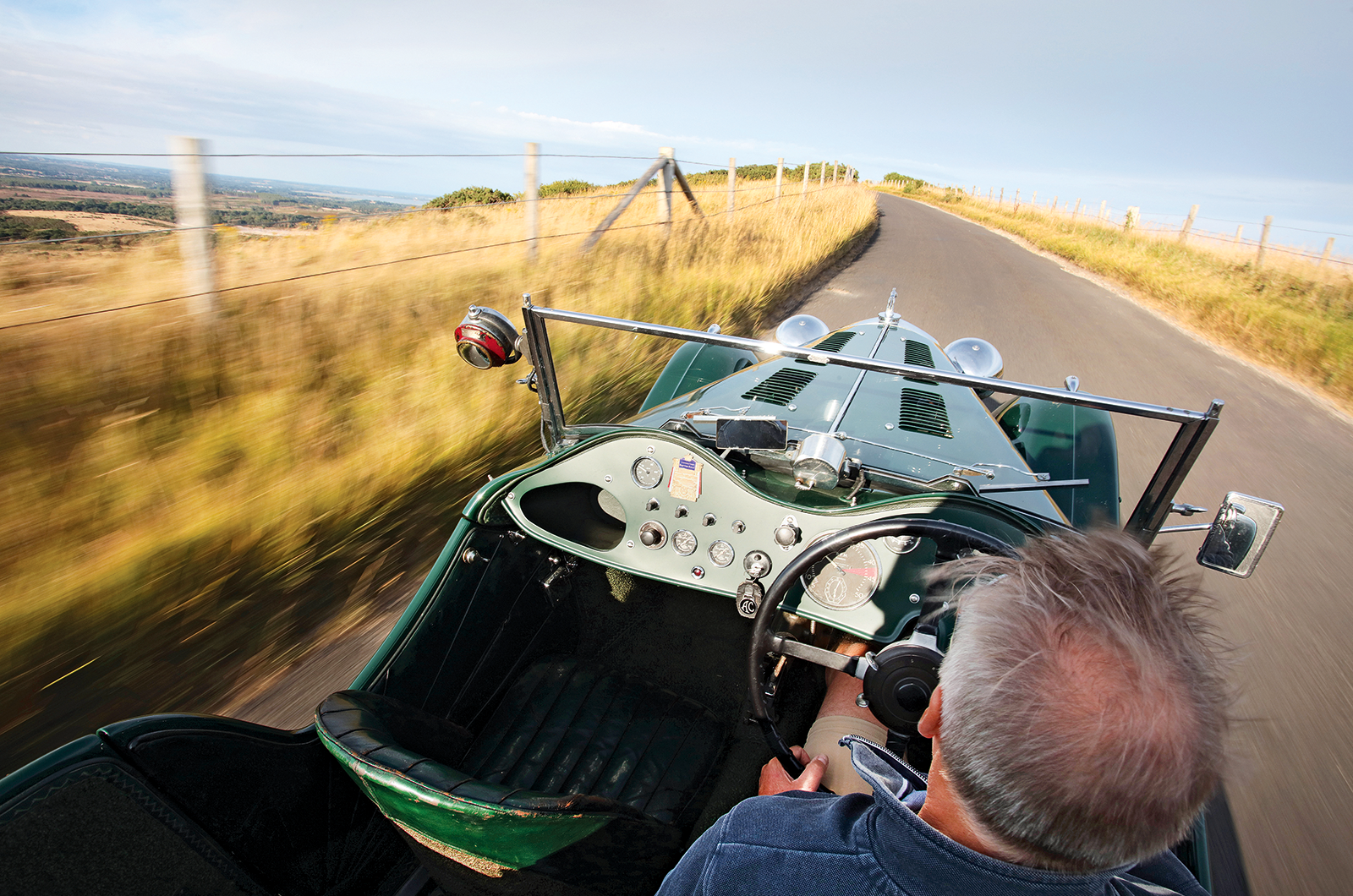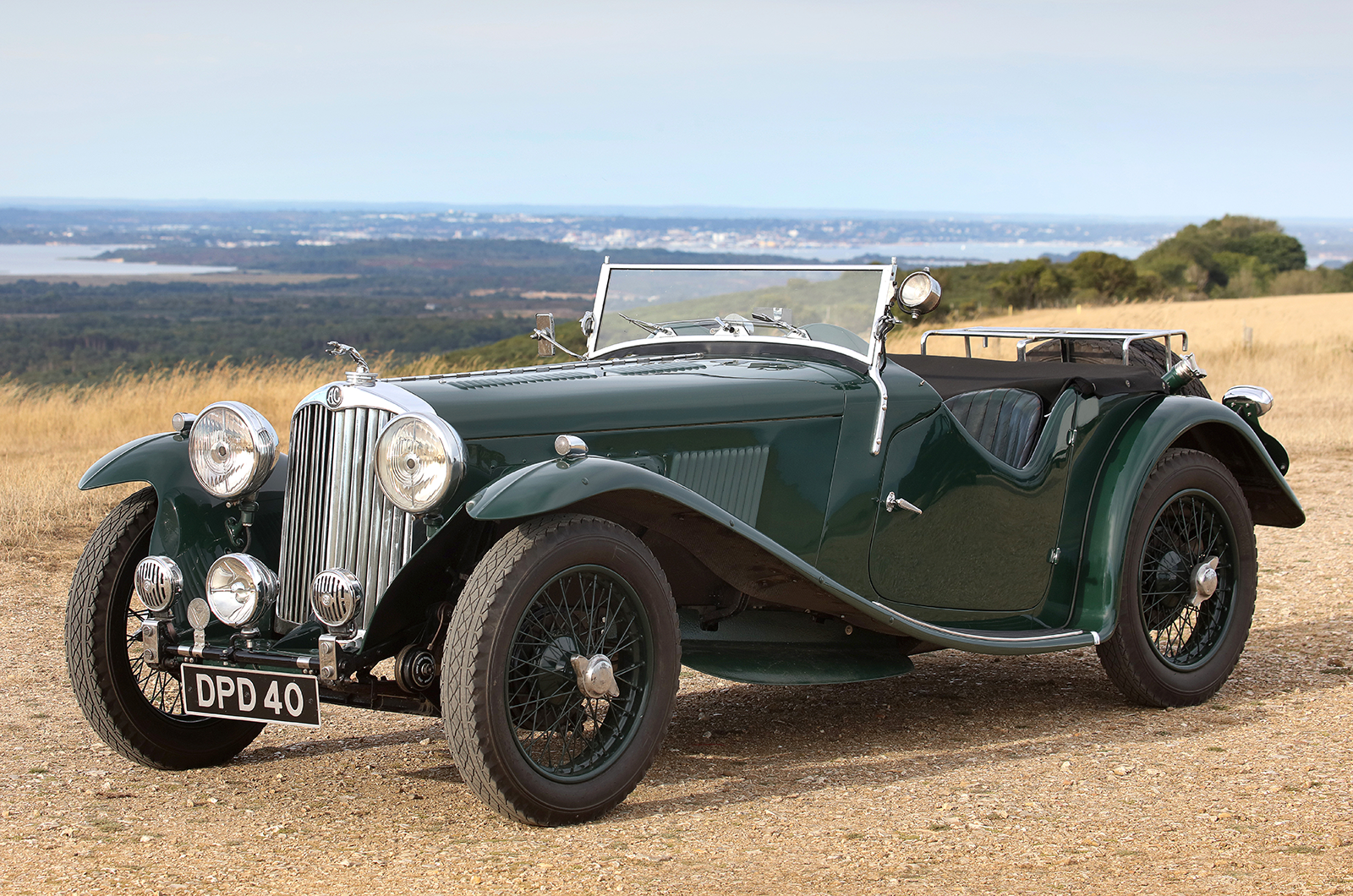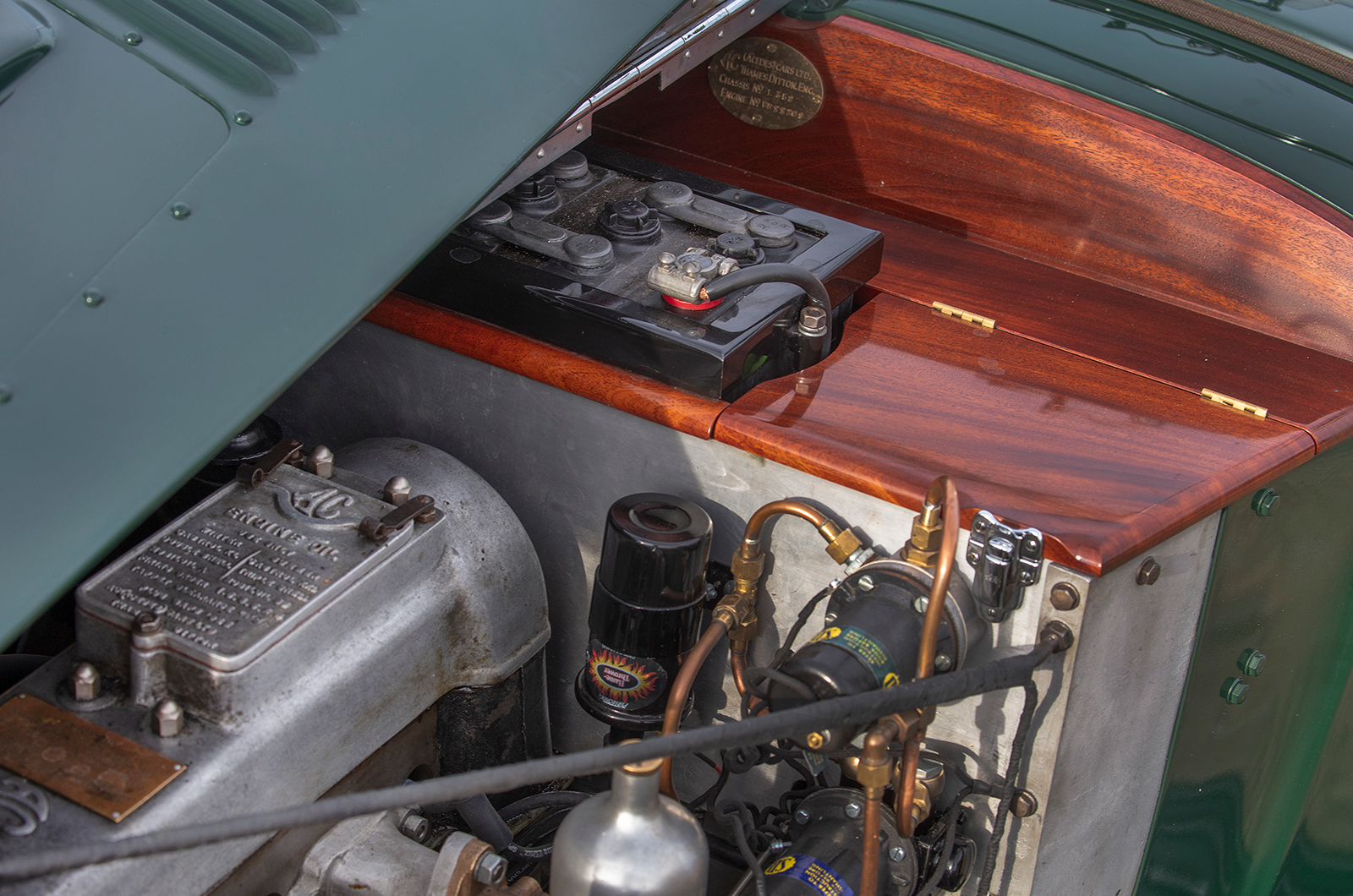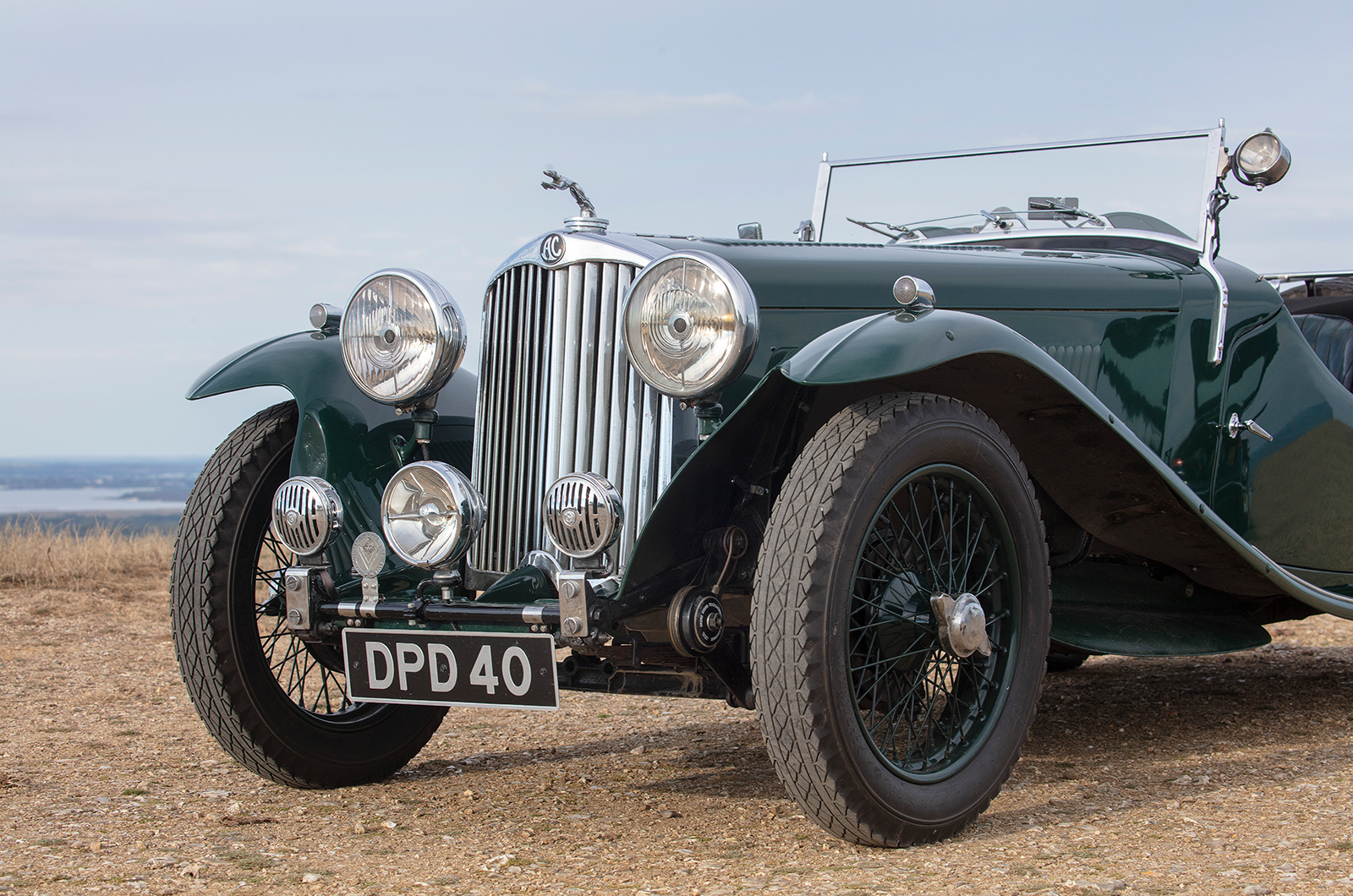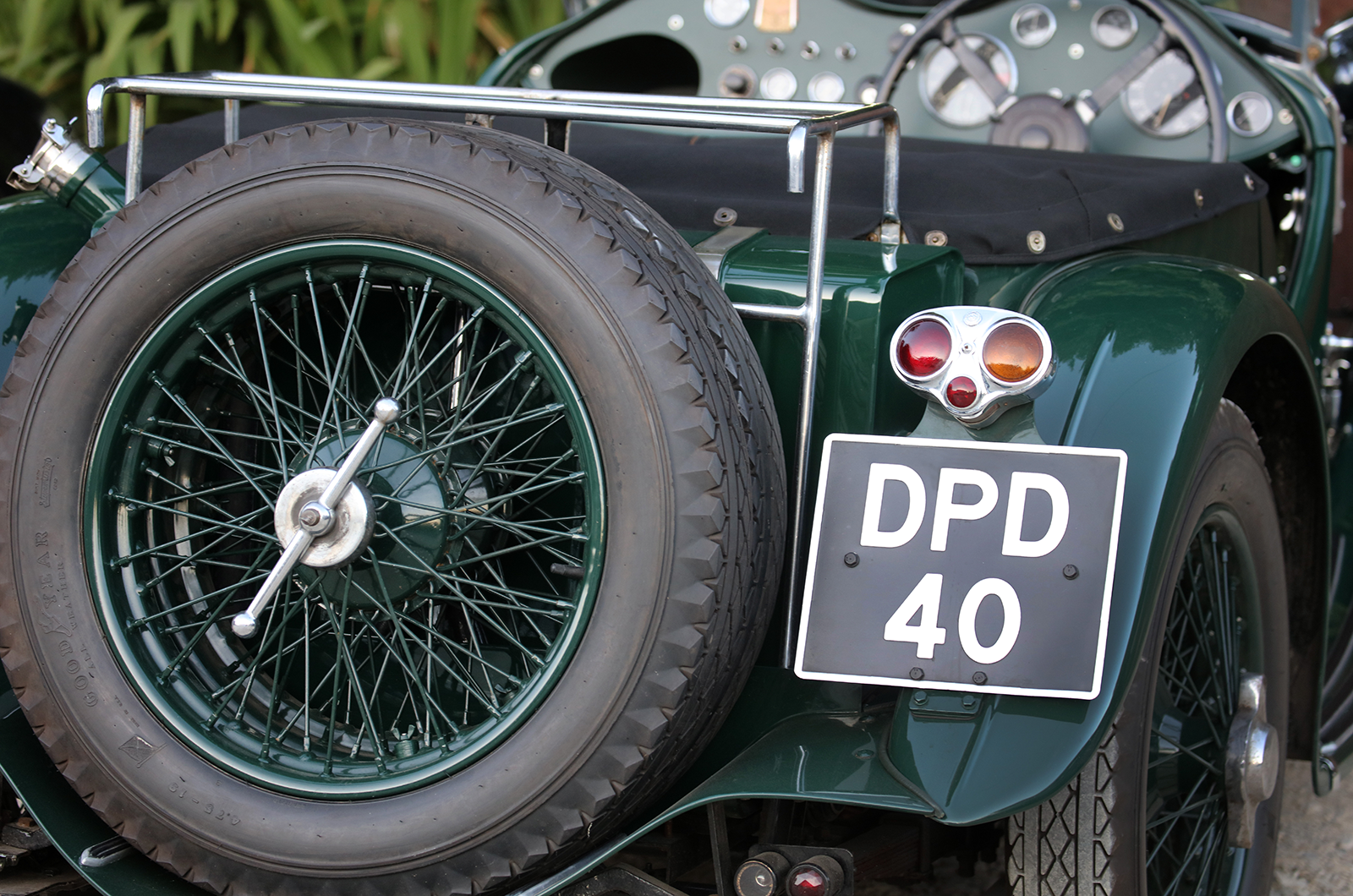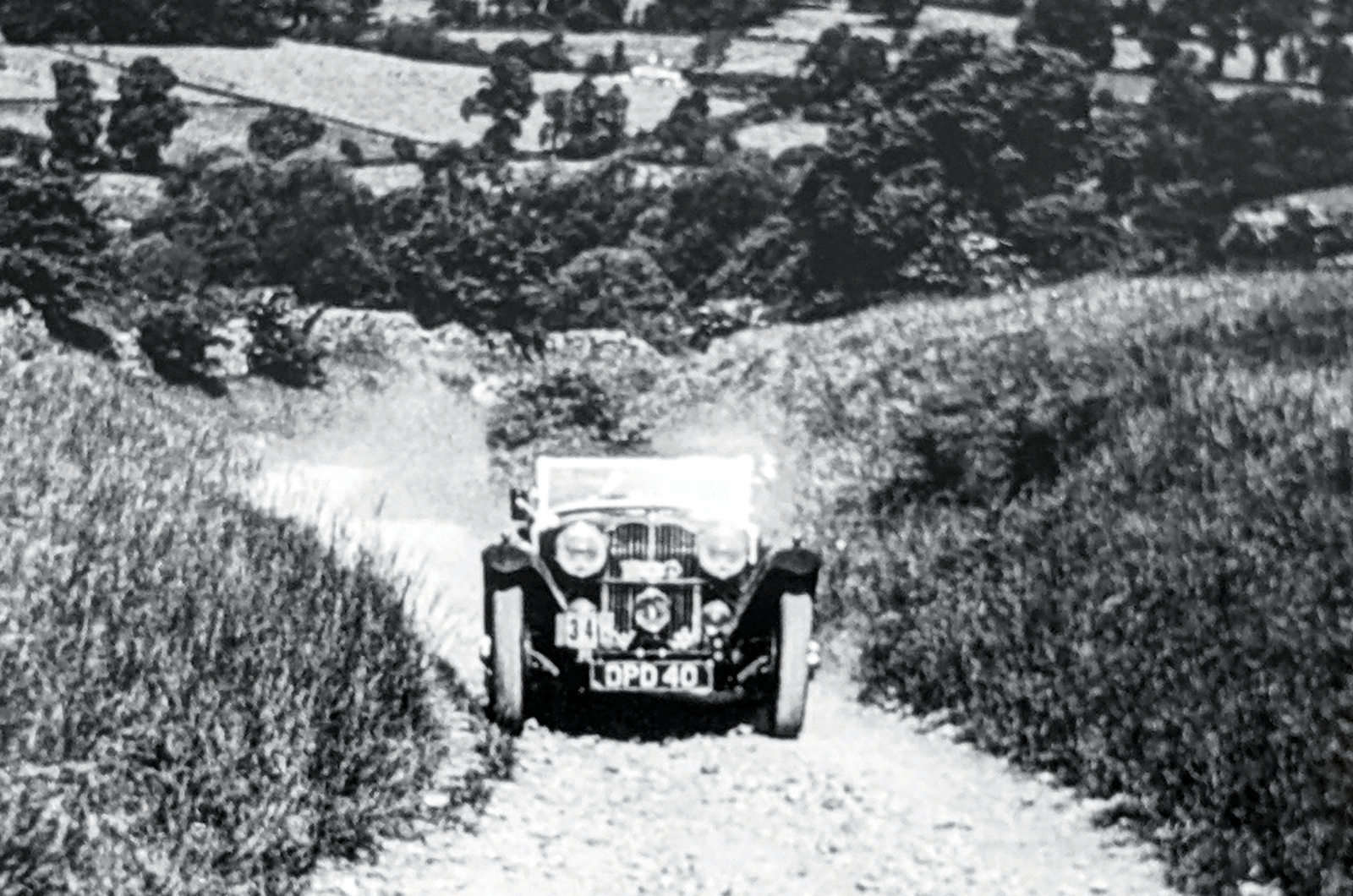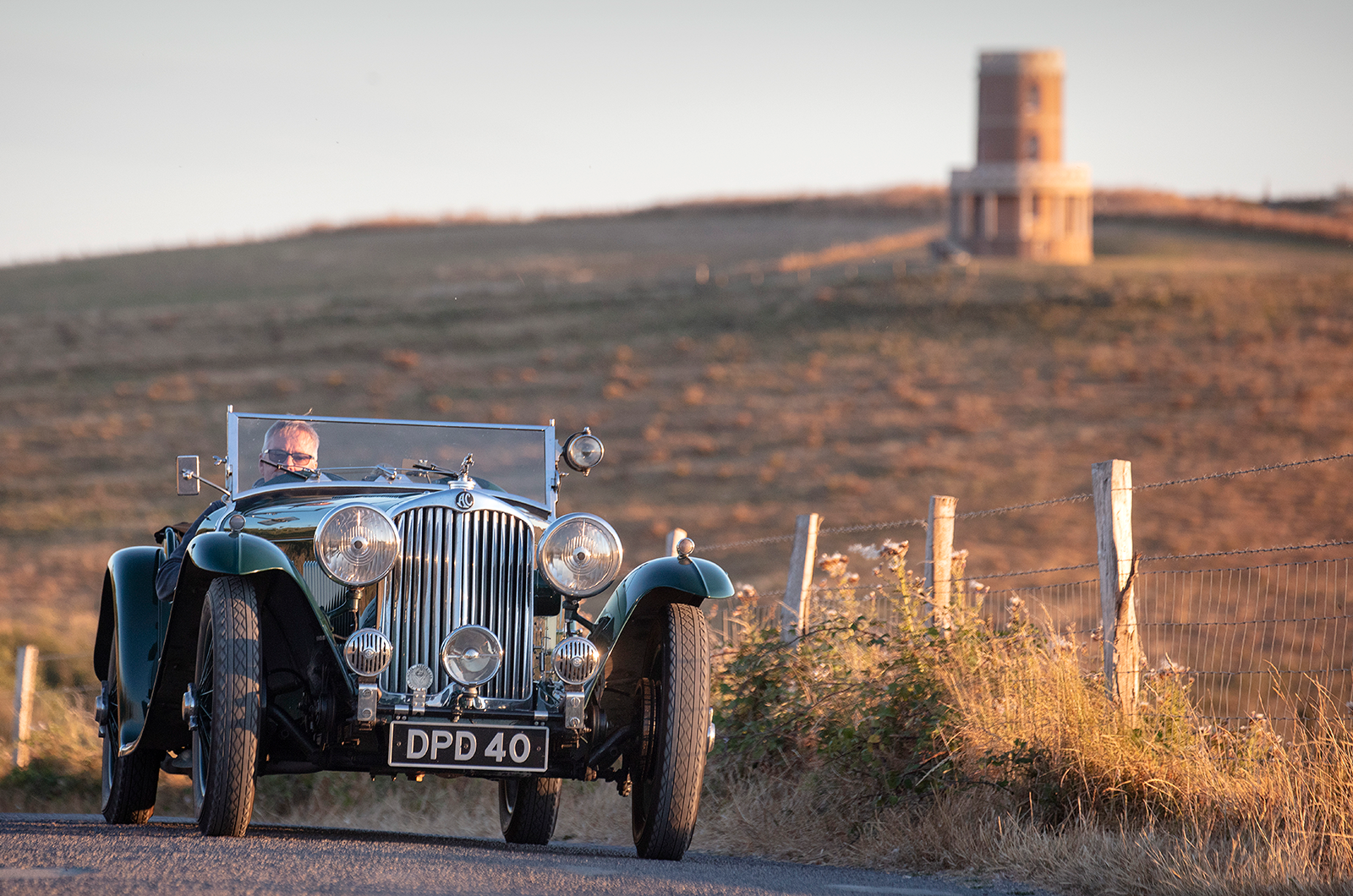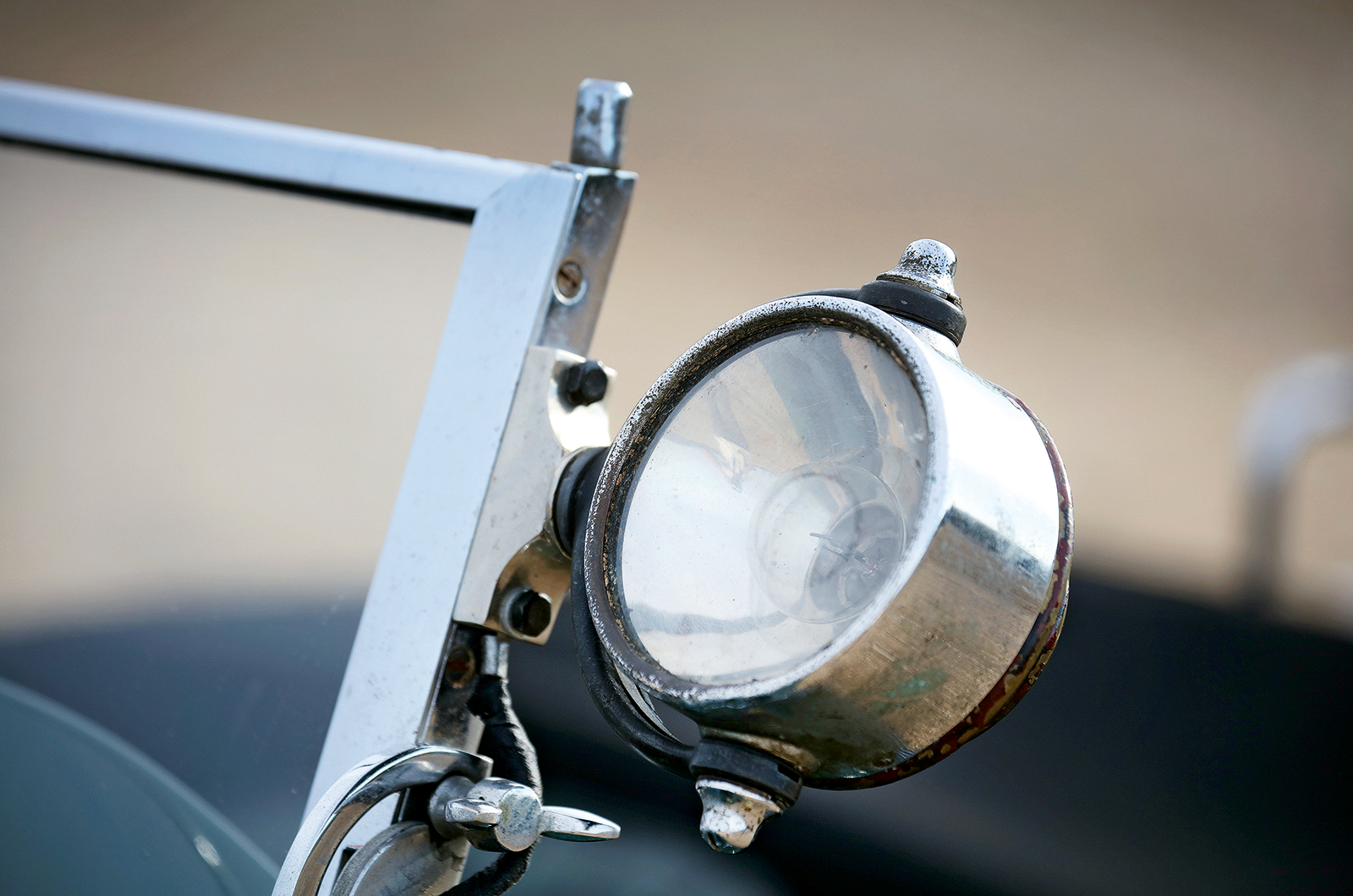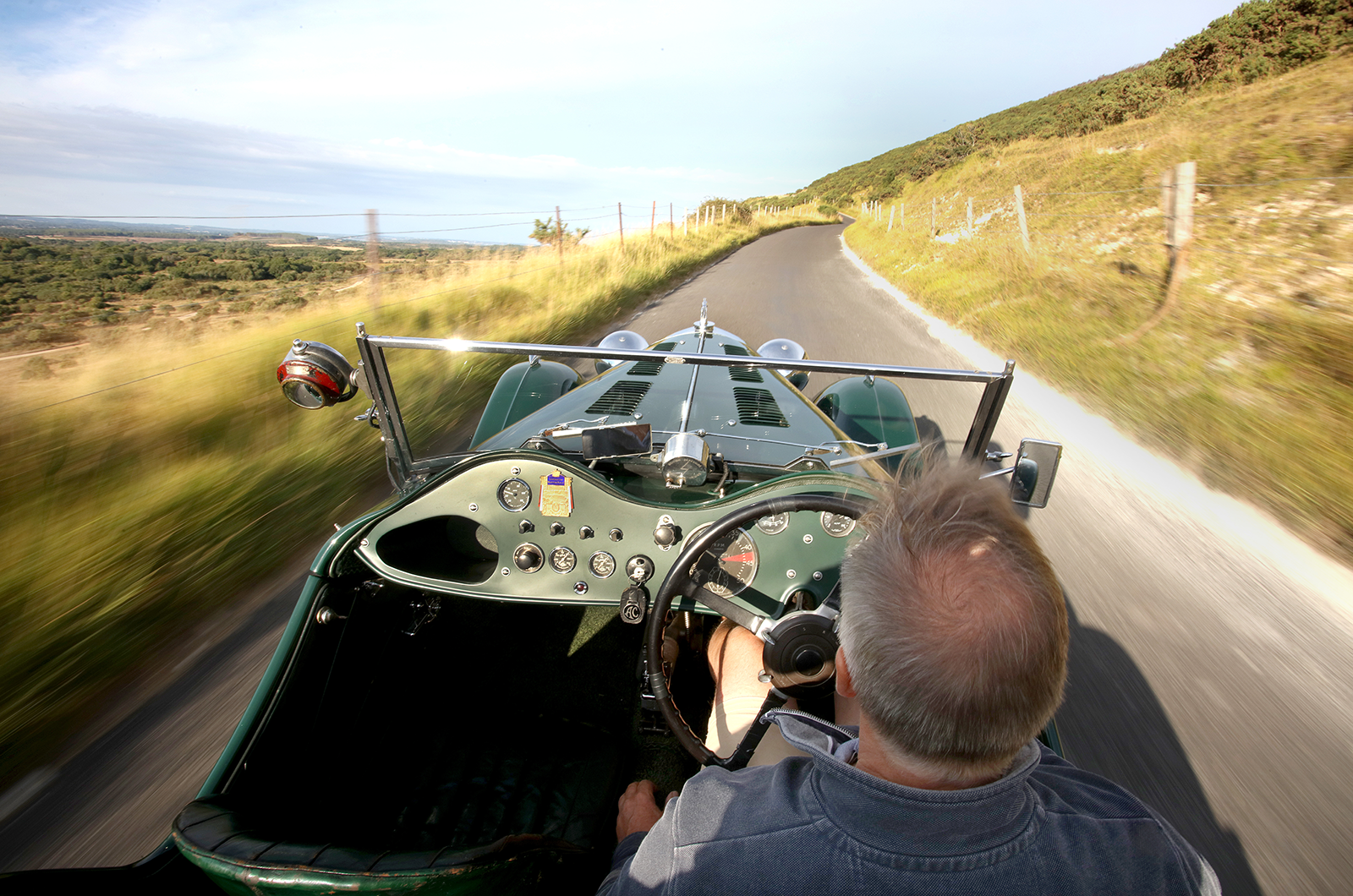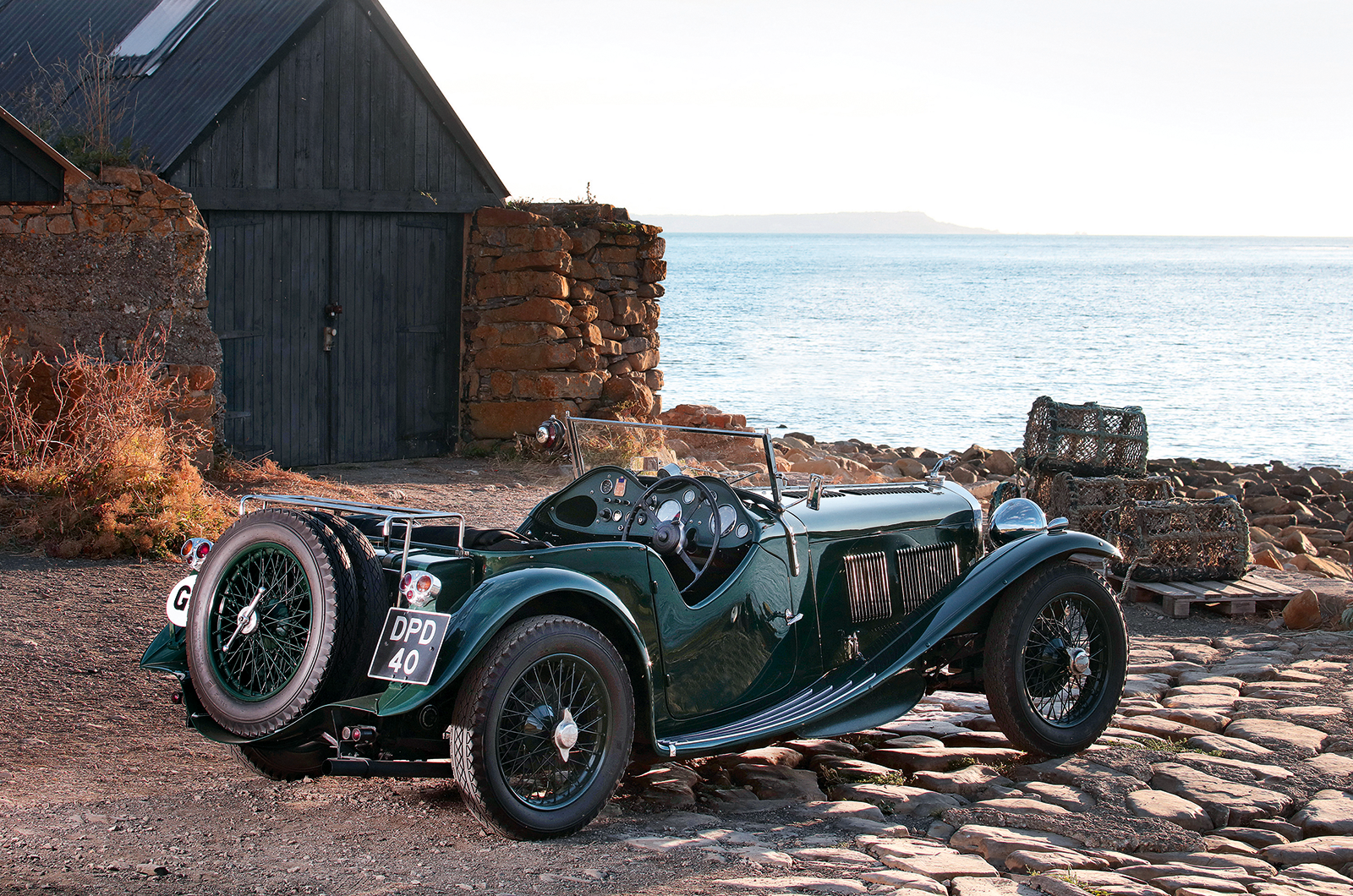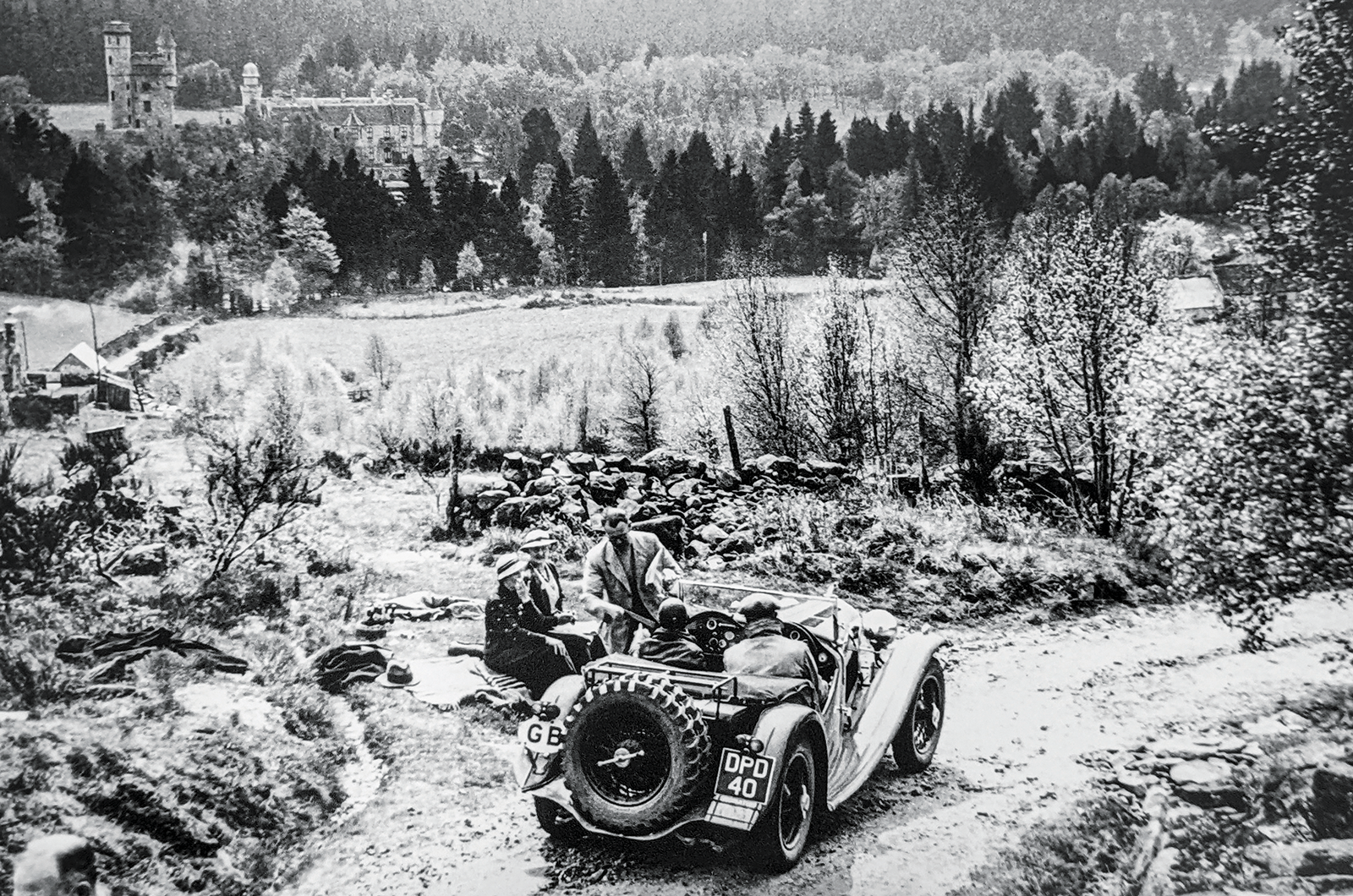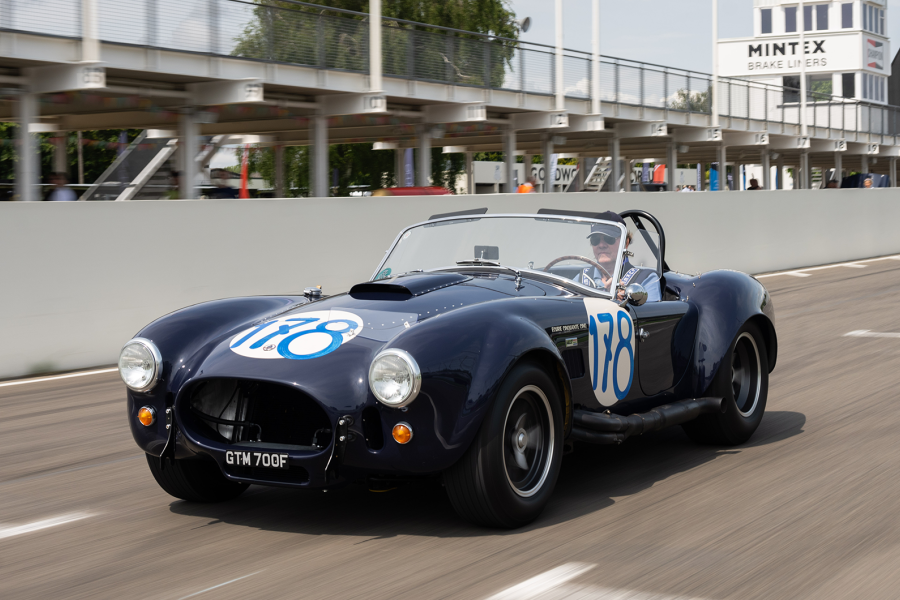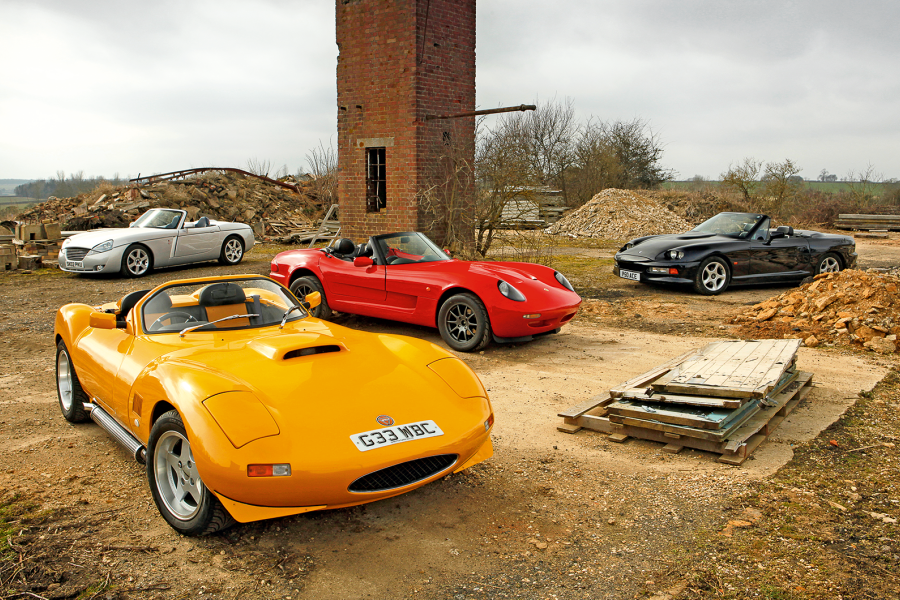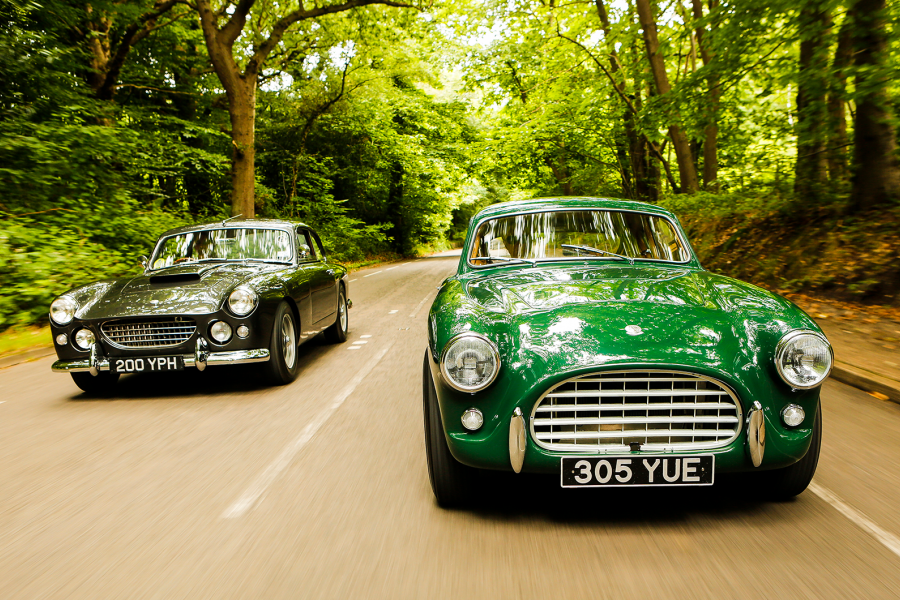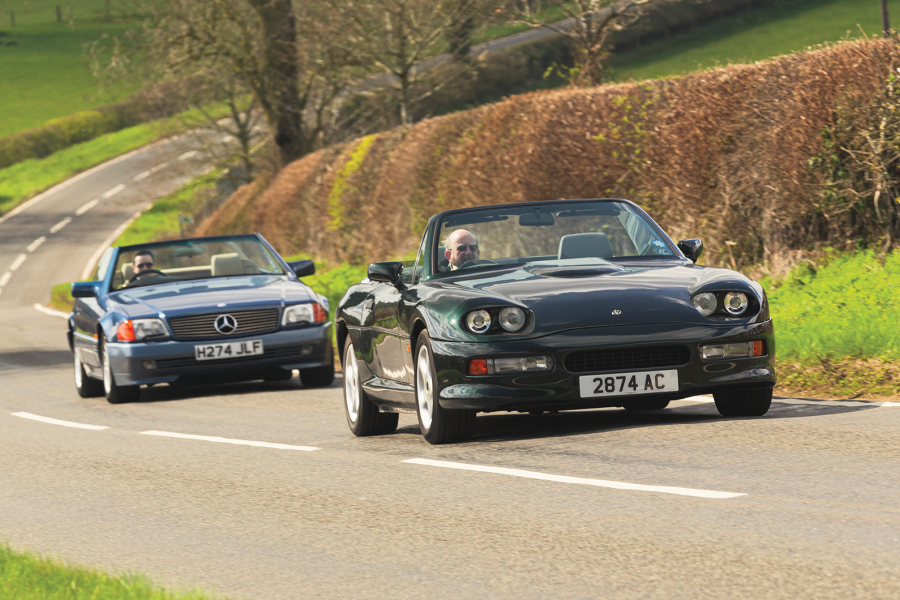The wonderfully original interior was less of a challenge, because previous owner Hescroff had carefully preserved it.
The distinctive flecked green carpet was tricky, but Trimmings By Design was able to recreate the ornate edging.
The hood and tonneau were remade by JV Upholstery and the instruments were rebuilt, but the pitted chrome bezels and original faces were left untouched: “Too much rechroming and polishing would lose DPD’s character.”
The AC 16/80’s ‘six’ required a new block
A key figure in the project was AC historian Rinsey Mills, says Phillips: “He offered constant encouragement and really helped with the little details. Rinsey also has a cache of parts, which he’d happily lend for reference.”
Because DPD was a works car and regularly entered for events during the 1930s, it was much photographed for magazine tests and on rallies and trials.
These images were a key reference during the restoration, but in 2019 Phillips made a remarkable discovery: “During a house rebuild in Trowbridge, young enthusiast Dan Marles found an album of old car photographs.”
The AC’s Lucas headlights are handy for illuminating the road ahead while on an evening drive in Dorset
“After identifying the subject as an AC, he posted a note on the owners’ club forum asking if anyone knew about a car with the registration DPD 40,” Phillips explains.
“Rinsey spotted the post and we quickly made contact.
“As well as the album of wonderful pre-war photographs put together by first owner Cecil Day, the discovery led to the family, who had badges, plaques and cups won in DPD.”
DPD 40 is brimming with motorsport history
Early test drives proved frustrating, with reliability issues that were partly put down to poor-quality pattern parts.
Thanks to Peter Lander at Sigma Engineering the tuning is now perfect: “The flat-spot was a problem going up hills, but Peter sorted the starting and it now flies above 2500rpm, but still with plenty of torque.”
The first major trip was, appropriately, down to Devon with Hescroff to visit Mills and some of the locations where DPD competed in trials.
This AC storms Noverton Hill for a CSMA trial in 1937
“Rinsey was impressed, I think, and had clearly enjoyed helping with the project, so it was a special moment,” says Phillips.
“We also went to the famous Simms Hill trial section, but it’s now a real car-breaker so I didn’t attempt to drive it.”
Owning a great British pre-war sports car is enhanced if you have rewarding roads on your doorstep.
Living in Dorset, Phillips is spoilt for choice and for our test run we head to the Isle of Purbeck.
The sunlight bounces off the open-top classic AC 16/80
Just following DPD 40 is a treat, as if we’ve slipped into a timewarp as its evocative shape scampers through thatched villages and up Whiteway Hill en route to Kimmeridge.
As we pass the seemingly endless estate walls of Lulworth Castle, the exhaust reverberates off the brickwork sounding very fruity.
The summer twilight makes driving an open car extra memorable, and Phillips generously allows me to take the wheel for the run home.
Phillips stripped the AC 16/80 down to the chassis for a careful restoration
The rebuilt AC is a great credit to the owner’s work, particularly the way it performs.
The early ENV gearbox with its reversed gate and very low first is perfect for hill-starts on trials, but the wide ratio step requires practice to make a silent change.
However, the rest of the ’box is a treat to work. The short action has a lovely mechanical feel, and double-declutching down for tighter bends and hills is very satisfying.
The AC 16/80’s windscreen spotlight is a period item
The Bishop Cam steering is precise and nicely weighted. Hairpins keep your arms busy, but for faster routes you can relax your hands and guide it fluently through the turns.
The Bendix cable-operated drums pull the car up strongly, with good pedal feel.
Over the bumpiest sections, the steering kicks back and scuttle shake is evident, but when the route smooths out the ride is excellent, making it easy to appreciate how first owner Day covered so many miles to events.
Driving Phillips’ charming AC 16/80 is a special experience on Dorset’s smooth roads
Phillips limits revs to 4000rpm, which is a busy 80mph, but at 70mph the cruising performance is perfectly comfortable.
Complementing the 16/80’s impeccable driving dynamics is this car’s special character.
Phillips has masterfully preserved its charming authenticity and, at night, with the big Lucas headlights spreading their beam through wooded Dorset roads, you can easily sense this AC’s rich history.
The evening sun serves to highlight the classic AC’s purposeful tail
After three years, the completion of DPD has had Phillips yearning for another project.
“I’ll miss the winter evenings in the garage, working through the list of jobs, but now the plan is to fit a sump-guard and enter the Wessex Trial Light,” he says.
“My wife, Paula, came down to watch the event and is now keen to join me.”
The AC at a time control during the Coronation Scottish Rally in 1937, with Balmoral Castle in the background
Old photographs have inspired Phillips to revisit some of the pre-war events entered by first owner Day and recreate the historic images.
“There’s a wonderful shot of the Balmoral time control on the 1937 Coronation Scottish Rally that would be fun to match if we can get near the royal estate,” he says. “A road trip to Scotland is a must.”
The view down DPD’s long bonnet will be quite an experience, with the LeJeune mascot leaping ahead as it rasps through Glenshee on the Old Military Road.
Images: James Mann
READ MORE
Frazer Nash TT Replica: bravery in the field
Vauxhall 30-98 Wensum: The Yellow Peril
Shades of grey: in praise of the Alvis TC21/100 ‘Grey Lady’
Mick Walsh
Mick Walsh is Classic & Sports Car’s International Editor

